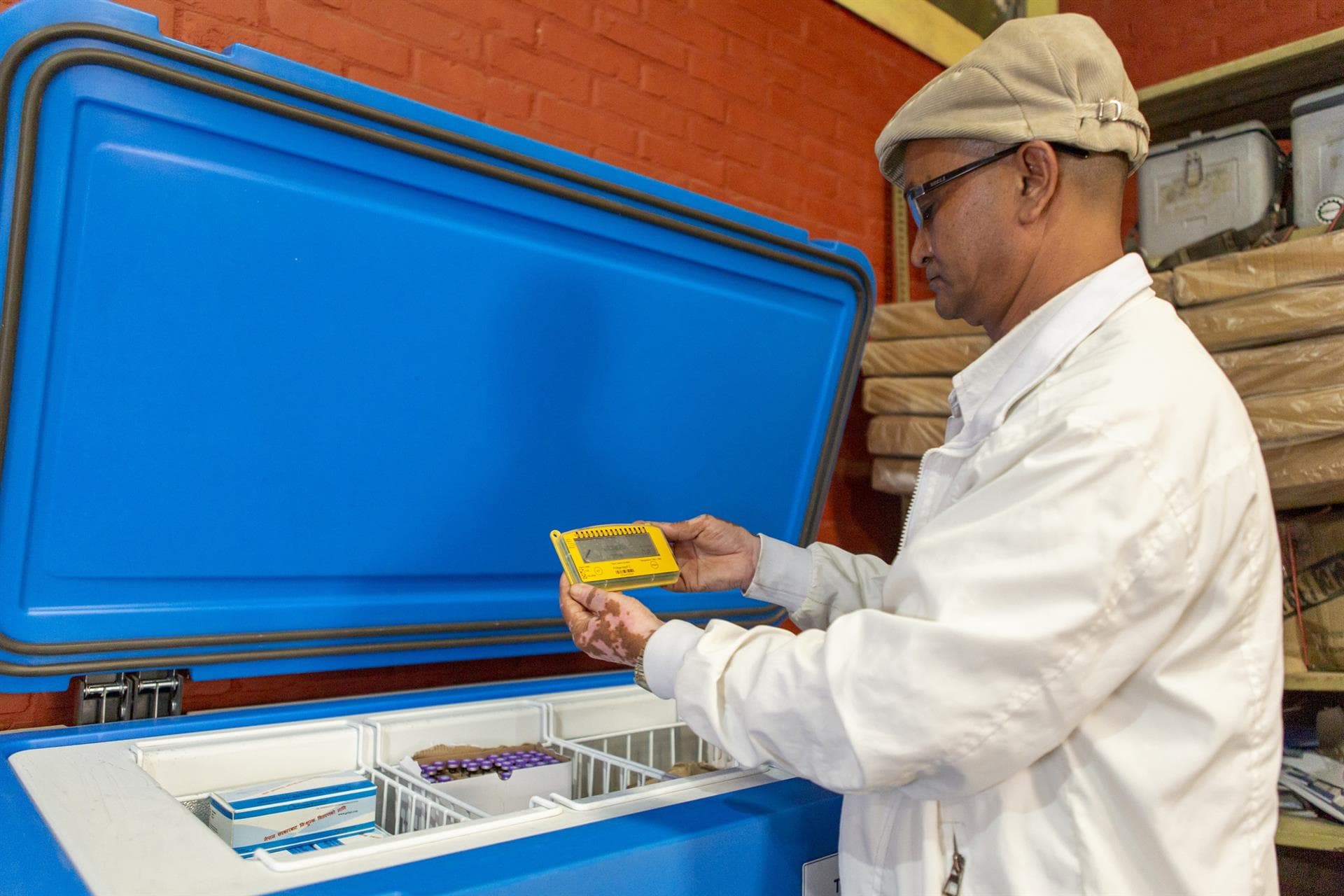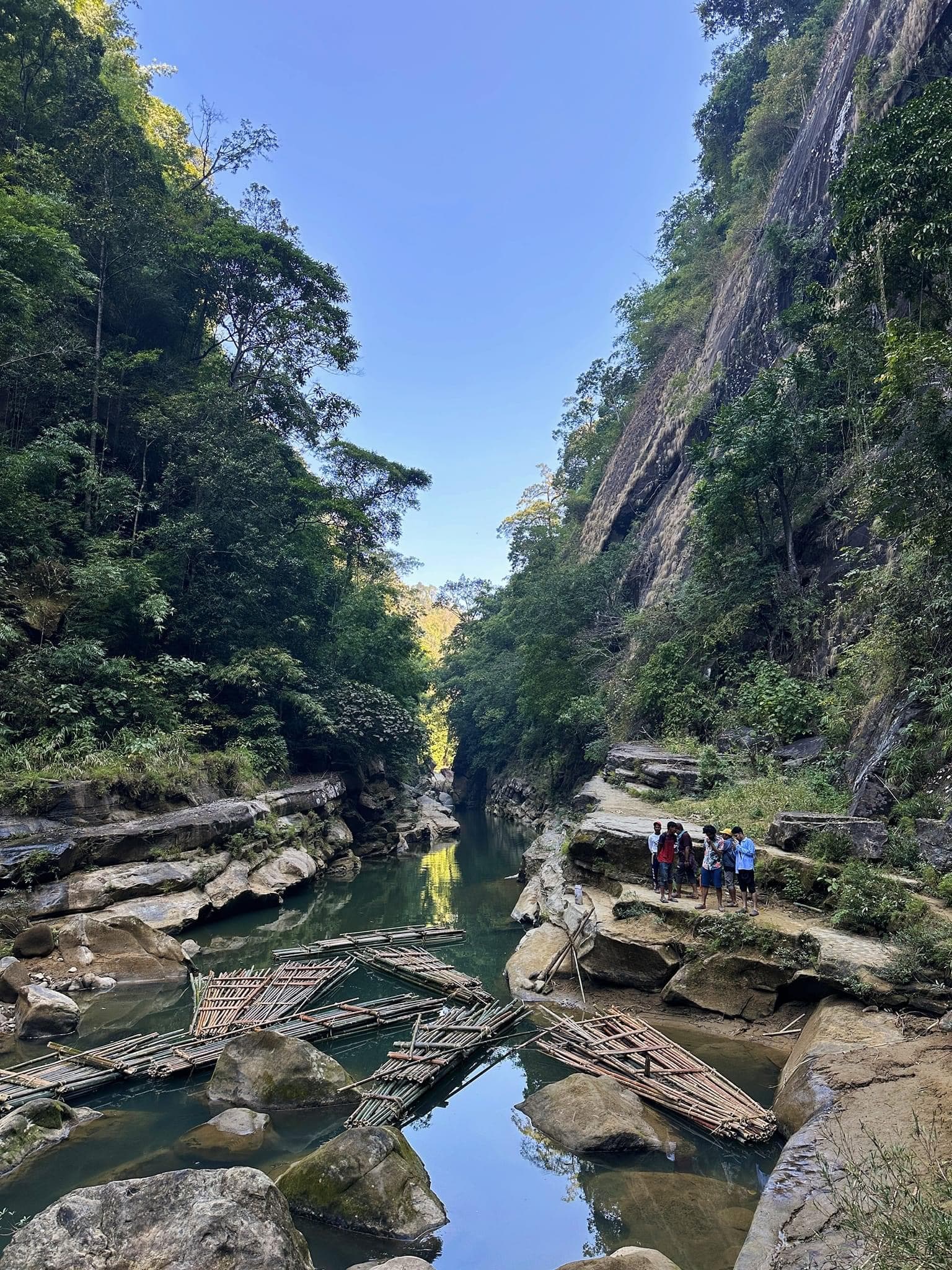

The South-East Asia has been free of wild poliovirus since 2011. In order to maintain this status and keep the population protected countries must ensure that population immunity remains high; through routine immunization coverage of >90% with polio vaccines. High quality surveillance is needed for being on guard and outbreak response plans must be in place; should polio return. Polioviruses still stored in laboratories need to also be kept safe - or even better - destroyed. While protecting the success achieved and investments made, capacities established to eliminate polio from the Region are further used to strengthen routine immunization programmes and support a wide range of other public health interventions.
Home to more than a quarter of the world's population, the South-East Asia Region was certified polio-free on 27 March 2014 by an independent commission , and has remained polio-free since.
Millions of children have been protected from the crippling disease, immunization systems have been revitalized, and polio vaccination campaigns have been used as a platform for the delivery of other health services particularly vitamin A and deworming drugs. Health systems have been strengthened through improved management, community outreach, social mobilization and intersectoral collaboration. Surveillance systems and laboratory networks developed for polio eradication are used to monitor other infectious diseases, particularly measles and rubella. Research undertaken on new polio vaccines and immunity studies is advancing the global polio science agenda and benefiting also countries outside the Region.




















